Book: Health and Fitness
Author: Nayma Nishat - Researcher, Health & Fitness
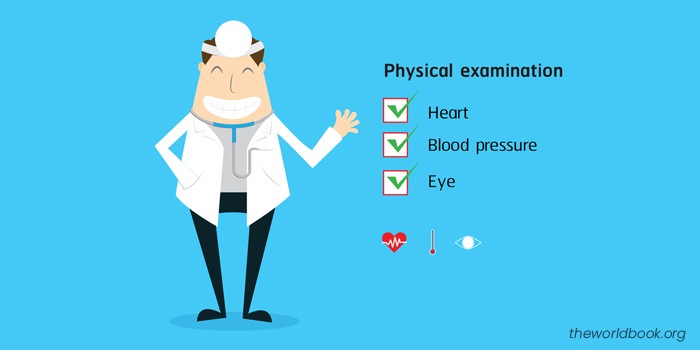
Physical examination is a key component in ensuring and maintaining your overall health. It can keep you in control of your health and guide you to make the best decisions for your future wellness. The examination of the body is essential for the practice of medicine.
Since the Roman Empire, doctors have described the relationship between disturbances in the function of specific body parts and states of a specific disease and have sought more scientific knowledge to improve bedside diagnosis.
However, in this modern age of increasing technology in medical diagnostics, it is important to consider the role of physical examination today. It is wrong to believe that the physical examination has all the answers, and much has been written about the questionable utility of certain maneuvers previously carried out in high regard.
It is equally wrong to suggest that physical examination plays little role in the modern patient encounter. Let’s see the Definition, Purpose, Methods or Techniques, Annual Checklist, Preparations, Results, Treatment, and Follow-Up Care of Physical Examination.
A physical examination is a routine test done by a medical professional to check your overall health for signs of disease. It usually starts after performing a complete physical health assessment.

A comprehensive physical examination provides an opportunity for the doctor or nurse to obtain baseline information about the patient for future use, and to establish a relationship before problems happen. It also provides an opportunity to answer questions and teach good health practices. If it is possible to detect the problem in its early stages, it can have good long-term results.
A physical exam may also be called a complete medical examination, a routine physical, clinical examination, or a checkup.
The purpose of physical examination is to determine the general status of your health by identifying the signs of disease.

It is performed for several reasons:
It can be compared with your computer as computers have diagnostic software which examines them for problems, with valuable suggestions for further troubleshooting. And here, your doctor will also identify diseases and share an appropriate treatment plan with you.
Physical exam findings, or objective data, are obtained through the use of two specific diagnostic techniques. They are,
Usually, these physical examination methods or techniques are performed in this order when body systems are assessed. Let’s know the details of these.
It includes inspection, palpation, percussion, auscultation with a general survey, vital signs, and medical history of a patient with the report after performing a head to toe physical assessment.
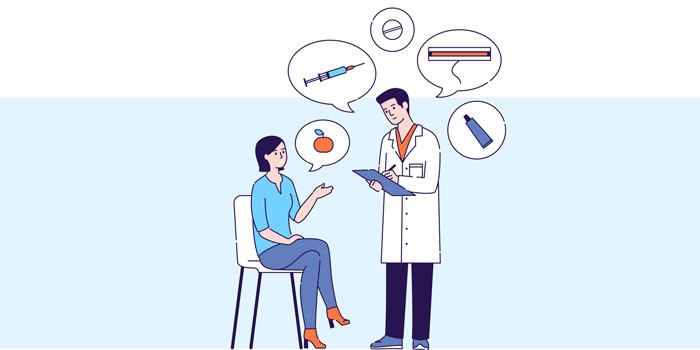
Learn more by reading Physical Health Assessment: Methods and Steps.
After gathering a large amount of information from your physical assessment report, a doctor may suggest several laboratory tests to complete the physical examination.
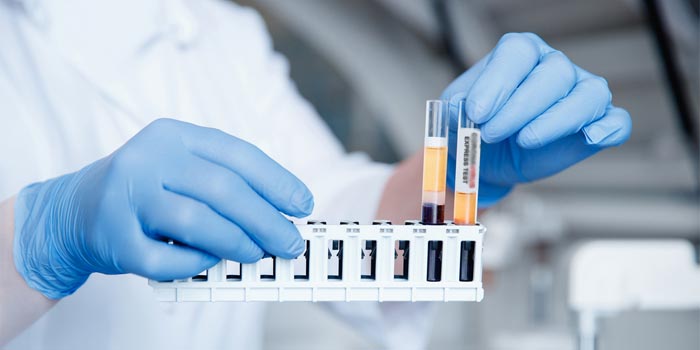
Laboratory tests may include urinalysis, blood counts, and complete chemistry panels to assess organ function and look for early signs of disease cardiovascular assessment including an electrocardiogram and so on.[1]
They help doctors to diagnose medical conditions, plan or evaluate treatments, and monitor diseases. Doctors are often recommended some common laboratory tests, which include the following:
Here are some of the most commonly used Laboratory Tests.
These two methods or techniques of physical examination can be categorized into an annual physical exam checklist.
Annual physical exams are typically covered on insurance plans and smartly too. It is estimated that 85 percent of illness and disease can be prevented by annual physical exams and screenings.
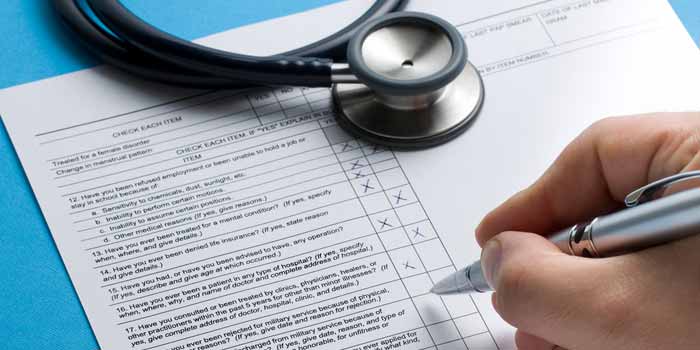
The idea behind an annual checkup is for doctors to examine their patients when they are basically well by following the above methods or techniques. That way, they could prevent their patients from becoming really sick.
Annual physicals are very important. Doctors can make recommendations if you’ve experienced such things as drastic weight loss or gain, or experienced changes in your vital signs, especially your blood pressure. Those with certain conditions may need to monitor their blood pressure more frequently.
A depression screen can also be done as well as a fasting blood test to screen for diabetes. Your primary care doctor may also discuss potential health concerns with you based upon your family history, and suggest lifestyle changes to best prevent them.[3]
So, we should be coming in for a checkup annually, even if nothing is wrong.
Before starting the Annual physical examination, the environment, room, patient, equipment, and the nurse must be prepared.
A professional nurse or a medical assistant is responsible for preparing the examination room, making sure the equipment and instruments are disinfected and sanitized, and the supplies are adequately stocked.
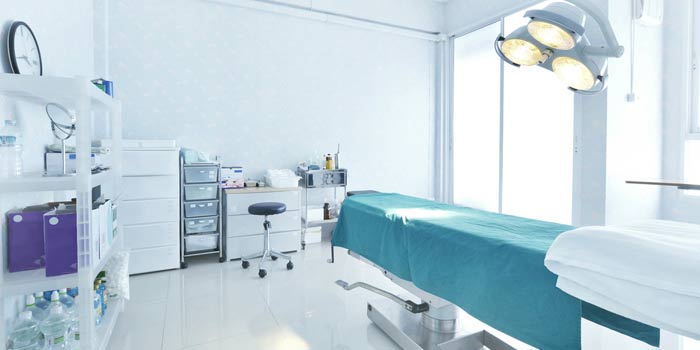
The examination room should be clean, well lit, ventilated, and at a comfortable temperature for the patient. After every physical examination and health assessment, the medical assisting should disinfect the room and paper on the surfaces should be removed and replaced.[4]
Once the room is ready, a professional nurse escorts the patient from the waiting room to the examination rooms.
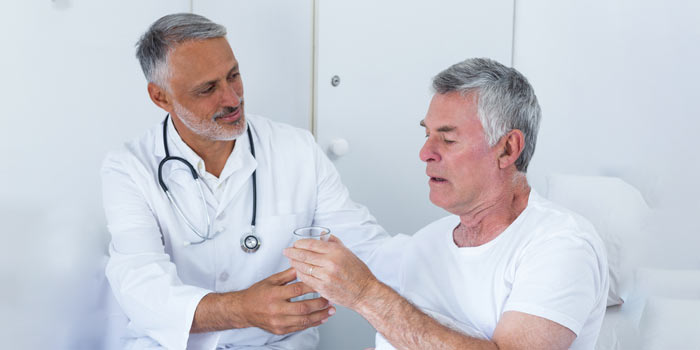
The nurse will create a low-stress and comfortable atmosphere for the patient. By interviewing the patient he will Record the patients’ vital signs.
Once the patient puts the examination gown, and sit on the examination table and the nurse drapes their legs for privacy. Then he notifies the doctor that the patient is ready for the physical examination.
The nurse should wash his hands in the presence of the patient even if your hands are clean. This simple act will increase his confidence in him as a conscientious professional.

And he should wear gloves and a mask only if it is necessary. The nurse will assist the doctor while performing the physical examination.
After taking the preparation of the room, patient, equipment, and the nurse, physical examination can be performed.
Once the physical examination has been completed, the doctor should review what laboratory and share the results with the patient. The result may be normal or abnormal.
Normal results of a physical examination correlate with the healthy appearance and normal functioning of the body.
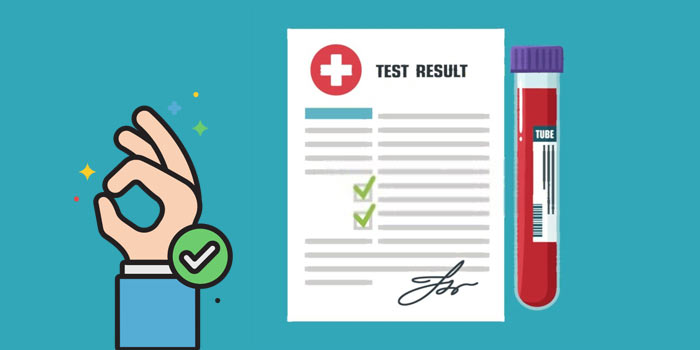
For example, appropriate reflexes will be present, normal blood sugar level, no suspicious lumps or lesions will be found, and vital signs will be normal.
Abnormal results of a physical examination may include any findings that indicated the presence of a disease, disorder, or underlying condition.
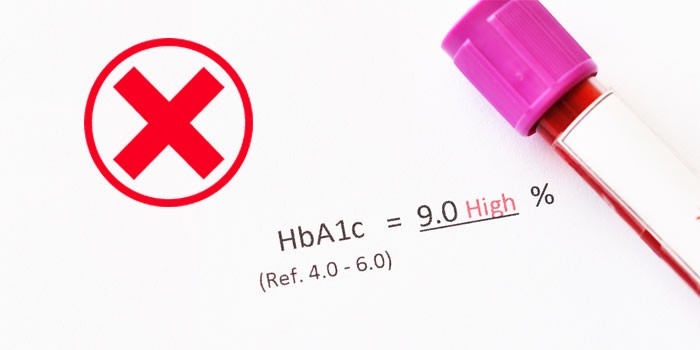
For example, blood sugar level is higher than normal, the presence of lumps or lesions, muscle weakness or lack of tone, poor reflex response, fever, heart arrhythmia, or arthritis problem will point to a possible health problem.
The doctor should discuss any recommendations for treatment and some special instructions should be put in writing. At this time, the patient can ask any remaining questions about his or her own health concerns.

Depending on your physical health issues and understanding your Laboratory test results, the doctor will give you treatments, like_
These will definitely help you to treat your health issues. That is why the physical examination is known as a way of touching base and fostering your doctor-patients relationship.
After receiving treatment patients receive follow-up care. Follow-up care varies according to the type of disease. The aim of follow-up care is to make sure everything is going well and to find out if you have any concerns.

A patient and his doctor will work together to develop a personalized follow-up care plan. For monitoring your health, this plan will serve as a guide for the months and years that follow.
This plan is usually based on medical guidelines for a specific diagnosis. Your doctor will also consider your individual needs and preferences.
It is clear that physical examination has played a vital role in patient care which is also considered a valuable diagnostic tool and its importance cannot be underestimated. Multiple studies in various clinical settings have revealed that history and physics only allow physicians to attain the correct diagnosis of the vast majority of the time.
In almost all other circumstances, the information obtained at the bedside enables the clinician to use clinical reasoning to interpret tests to make diagnoses and order. It allows you to catch up on vaccinations or detect a serious condition before it causes problems. So, and should continue to do so even in the face of wellness.
Finally, we must not forget that a healthy body is a body that can achieve well-being, stability, and emotional tranquility.
References:
© 2025 The World Book. All Rights reserved.
Founder: Nayma Nishat